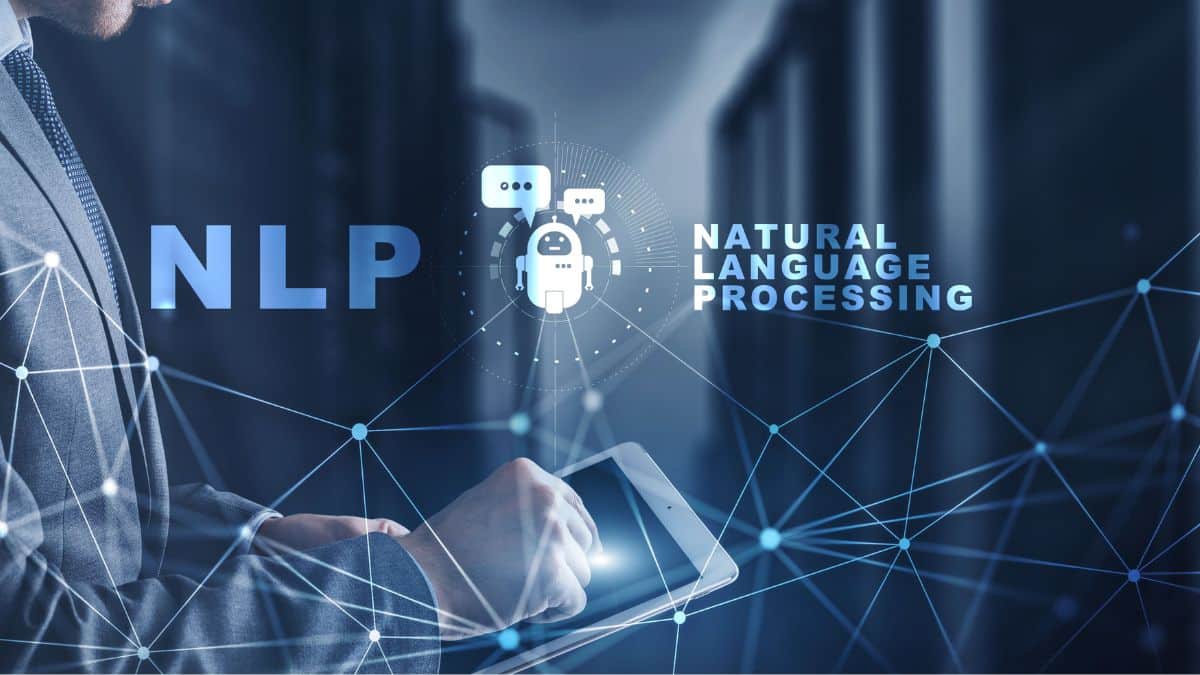Tokenization in NLP: Unlocking the transformative power of tokenization in NLP: navigating uses and confronting challenges in deciphering human language for machines.
also read: Self-Driving Car: How Driverless Robotaxis Cause Less Mayhem
Introduction: Tokenization in NLP
In the vast landscape of Natural Language Processing (NLP), tokenization stands as a foundational pillar, wielding immense power in deciphering the complexities of human language for machines. At its core, tokenization involves the art of breaking down textual data into manageable units, or tokens, facilitating a myriad of applications across various domains. Let’s delve into the intricacies of tokenization, exploring its uses and confronting the challenges it encounters in the ever-evolving realm of NLP.
Understanding Tokenization
Tokenization, essentially the art of linguistic dissection, operates on the principle of granularity. It transforms raw text into digestible tokens, ranging from individual characters to complete words, catering to the specific demands of the NLP task at hand. The three primary types of tokenization – word, character, and subword – offer distinct advantages, adapting to the nuances of different languages and the intricacies of diverse NLP applications.
- Word Tokenization: This method, prevalent and effective, dissects text into individual words, leveraging the clear boundaries present in languages like English to facilitate analysis.
- Character Tokenization: For languages devoid of explicit word boundaries or tasks demanding granular scrutiny, character tokenization shines, breaking text down to its elemental components.
- Subword Tokenization: Bridging the gap between words and characters, subword tokenization dismantles text into units larger than characters yet smaller than complete words, catering to languages reliant on morphological composition or addressing out-of-vocabulary challenges.
Applications of Tokenization
The utility of tokenization reverberates across a plethora of applications, enriching the digital landscape with its transformative capabilities:
- Search Engines: Powering the engine behind search queries, tokenization enables efficient information retrieval, sifting through vast troves of data to deliver relevant results.
- Machine Translation: In the realm of multilingual communication, tokenization facilitates the seamless translation of text, preserving contextual integrity across disparate languages.
- Speech Recognition: Embodied in voice-activated assistants, tokenization forms the bedrock of speech-to-text conversion, enabling intuitive interaction by parsing spoken commands into actionable tokens.
Challenges Confronting Tokenization
Yet, amidst its prowess, tokenization grapples with a tapestry of challenges, intricately woven into the fabric of human language:
- Ambiguity: The inherent ambiguity of language poses a formidable hurdle, where a single sentence can harbor multiple interpretations, depending on the chosen tokenization strategy.
- Languages sans Boundaries: Languages such as Chinese or Japanese, devoid of explicit word boundaries, present a labyrinthine challenge in delineating tokens, demanding nuanced approaches to segmentation.
- Special Characters: The presence of special characters, URLs, or email addresses injects a layer of complexity, blurring the lines between tokens and necessitating bespoke handling strategies.
Navigating the Future
As NLP charts new frontiers and embraces the complexities of human expression, the evolution of tokenization stands poised at the forefront. Advanced methodologies, including context-aware tokenizers and rule-based approaches, herald a new era of precision and adaptability, surmounting the challenges posed by linguistic intricacies.
Conclusion: Tokenization in NLP
In essence, tokenization in NLP transcends mere linguistic dissection; it embodies the symbiotic interplay between human expression and machine understanding, forging a pathway toward enhanced communication and comprehension in the digital age.
also read: What is Tokenization?










